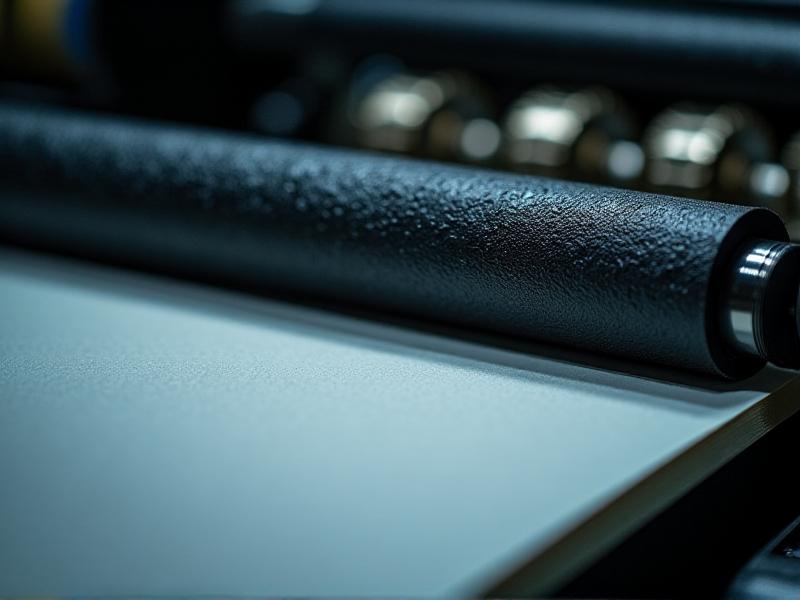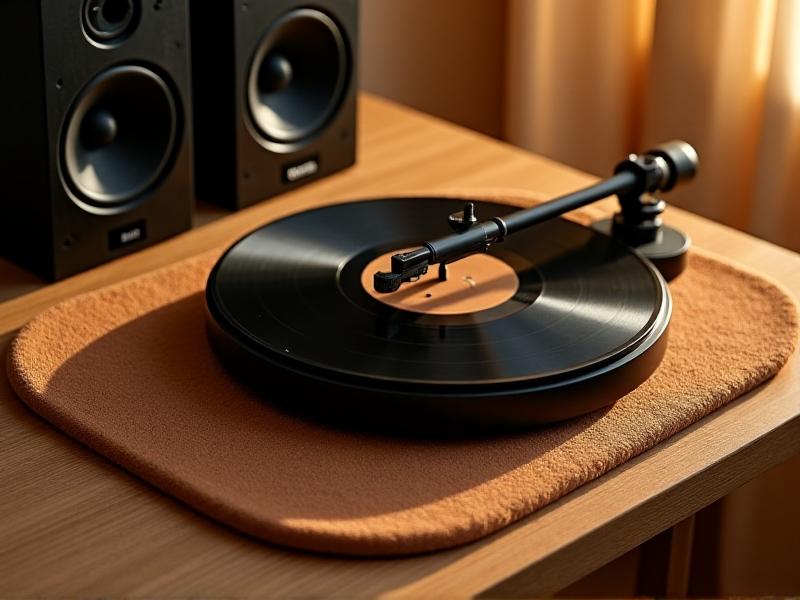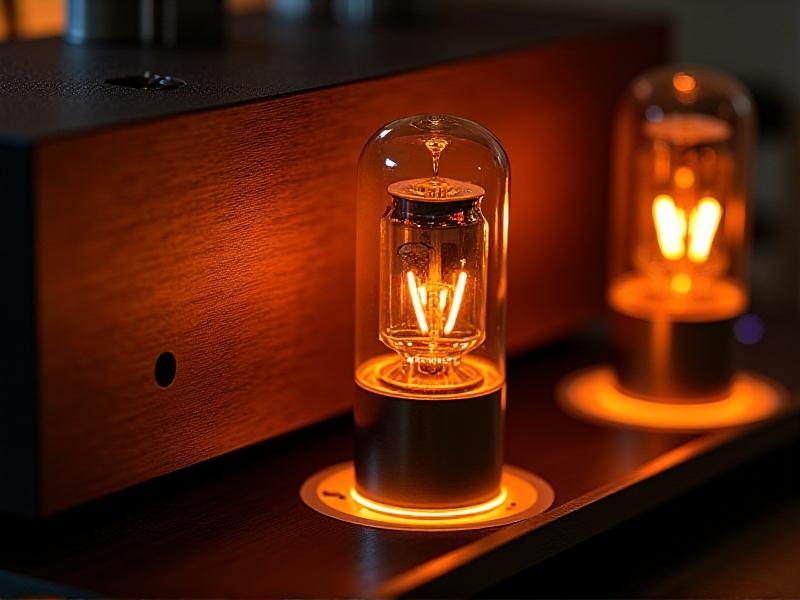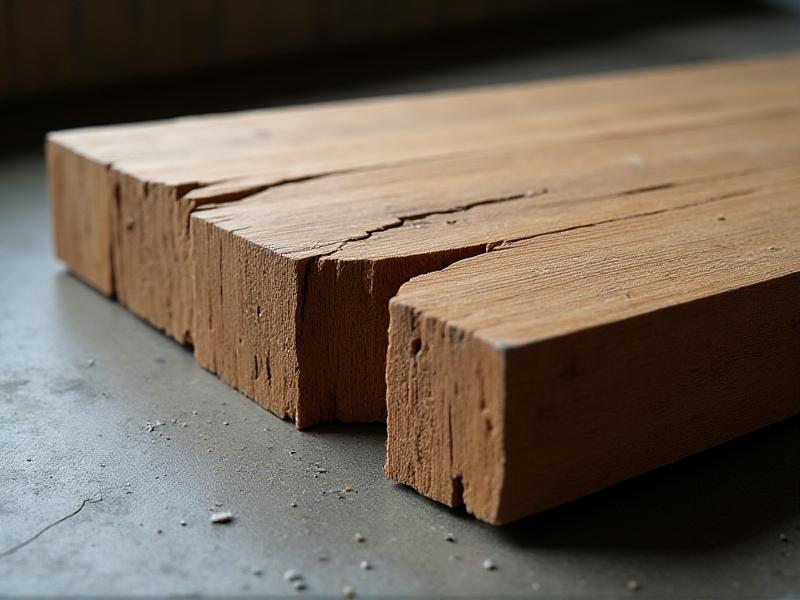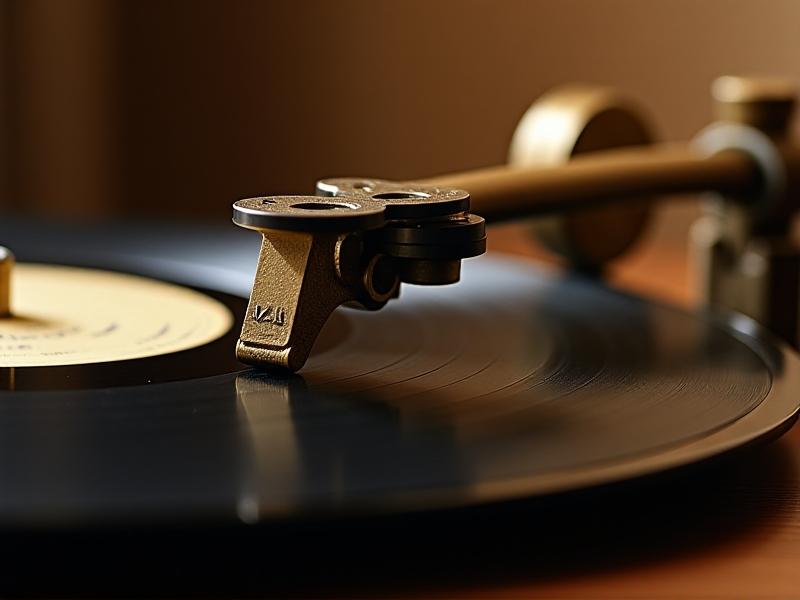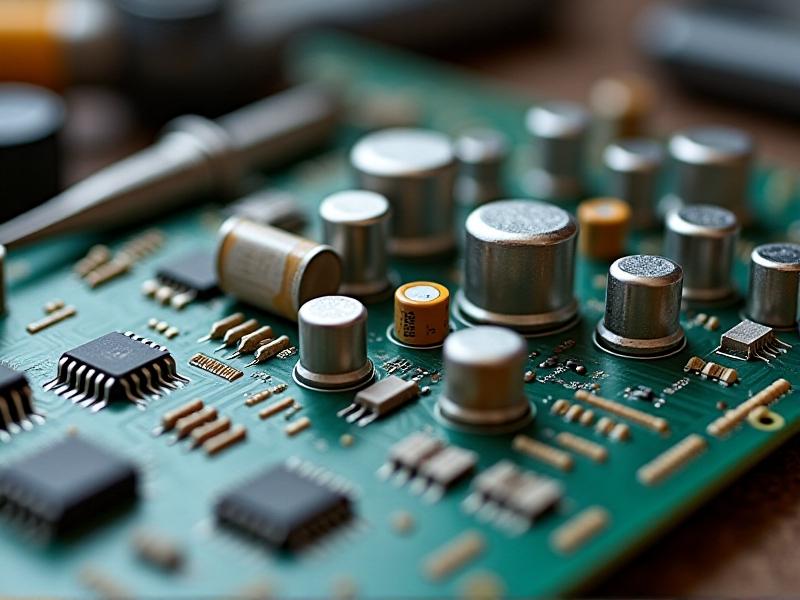Wood Cabinet Moisture Barrier Solutions
Understanding Moisture Damage in Wood Cabinets
Wood cabinets are a staple in kitchens and bathrooms, prized for their aesthetic appeal and durability. However, they’re highly susceptible to moisture damage, which can warp, discolor, or even rot the material over time. Humidity, spills, and poor ventilation create an environment where water molecules penetrate the wood’s pores, breaking down its structural integrity. Recognizing the signs—such as swelling doors, sticky drawers, or mold growth—is the first step in addressing the problem. Moisture barriers aren’t just a luxury; they’re a necessity for preserving both function and beauty.
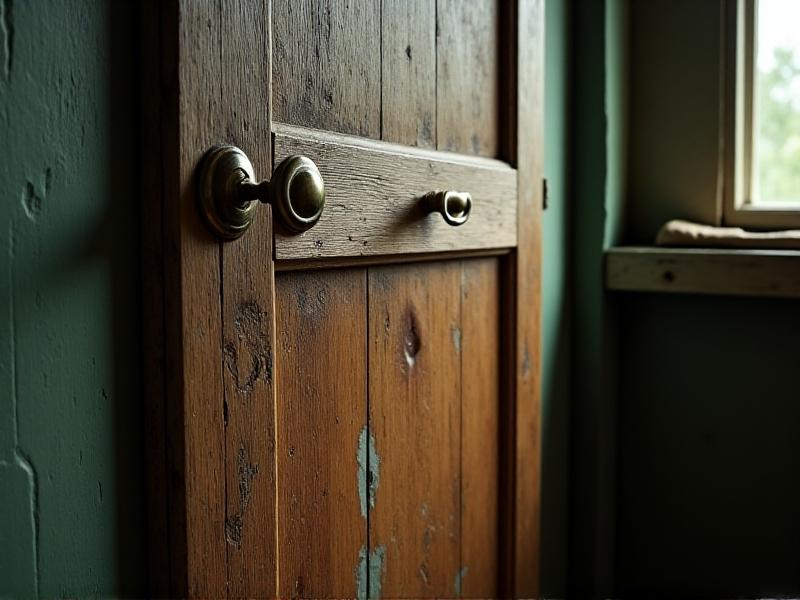
Types of Moisture Barriers for Wood Cabinets
Several solutions exist to shield cabinets from moisture. Sealants like polyurethane or lacquer create a protective layer, repelling water while enhancing the wood’s natural grain. For higher-risk areas like under-sink cabinets, adhesive waterproof liners or plastic laminates offer an extra defense. Another innovative approach is using moisture-resistant materials such as marine-grade plywood or MDF with water-repellent coatings during construction. Each option balances cost, aesthetics, and level of protection, allowing homeowners to choose based on their specific needs.
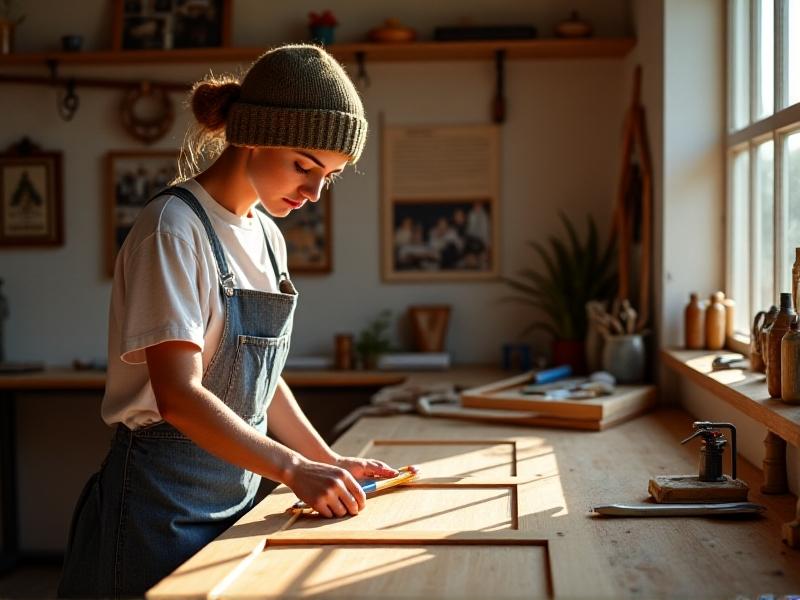
Step-by-Step Installation of Waterproof Liners
Installing waterproof liners is a straightforward DIY project. Start by cleaning the cabinet base thoroughly to ensure adhesion. Measure the interior and cut the liner material—such as polyethylene or PVC—to fit snugly. Peel off the adhesive backing and press the liner firmly into place, smoothing out air bubbles. For added security, seal the edges with waterproof caulk. This simple upgrade can prevent spills and leaks from seeping into vulnerable corners, extending the lifespan of your cabinets significantly.
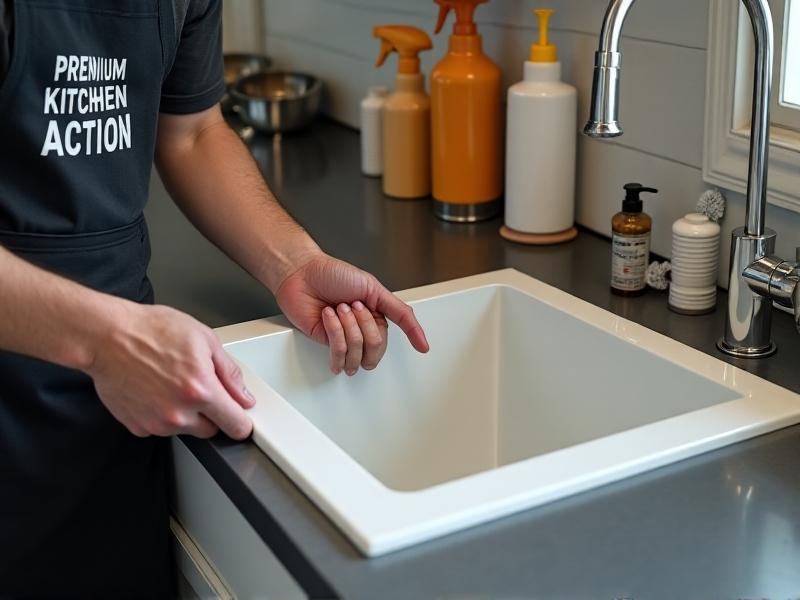
Maintenance Tips to Prolong Barrier Effectiveness
Even the best moisture barriers require upkeep. Regularly inspect seals and liners for cracks or peeling edges. Reapply caulk or adhesive as needed, especially in high-traffic areas. Use silicone-based cleaners to avoid degrading protective coatings, and promptly fix leaks from faucets or appliances. Incorporating a dehumidifier in humid climates can reduce ambient moisture levels, lessening the strain on your cabinet barriers. Consistent maintenance ensures long-term protection without costly overhauls.
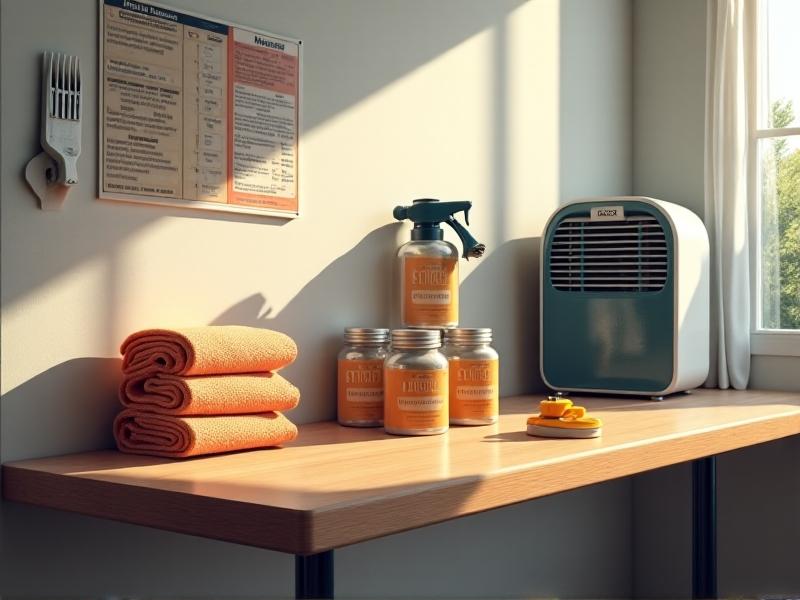
Case Study: Solving Bathroom Cabinet Rot
A recent project involved a Victorian-era bathroom where original pine cabinets showed severe rot due to steam from showers. The solution combined moisture-resistant primer, multiple coats of epoxy sealant, and a custom-cut vinyl liner. Additionally, a vent fan was installed to improve airflow. Six months later, the cabinets remain pristine, proving that even historic fixtures can be preserved with modern barrier techniques.
Innovations in Moisture Barrier Technology
Advancements like nanocoatings—ultra-thin layers that repel water on a molecular level—are revolutionizing cabinet protection. These coatings are invisible, eco-friendly, and can be reapplied annually. Smart sensors embedded in cabinets now alert homeowners via smartphone about humidity spikes, enabling preemptive action. As sustainability gains traction, plant-based sealants derived from soy or linseed oil are emerging as biodegradable alternatives to traditional chemicals.

